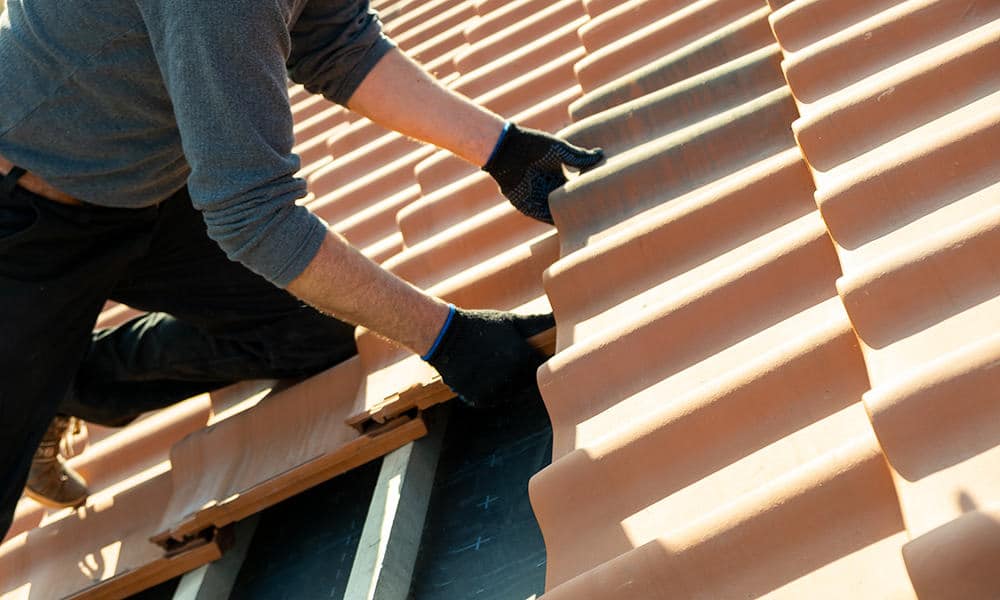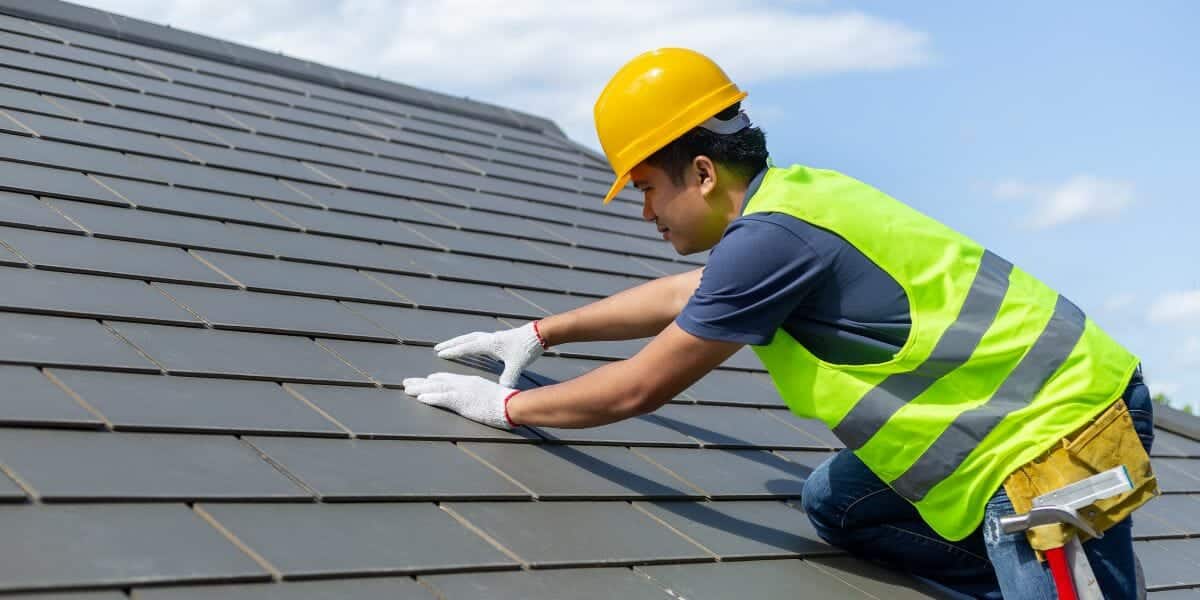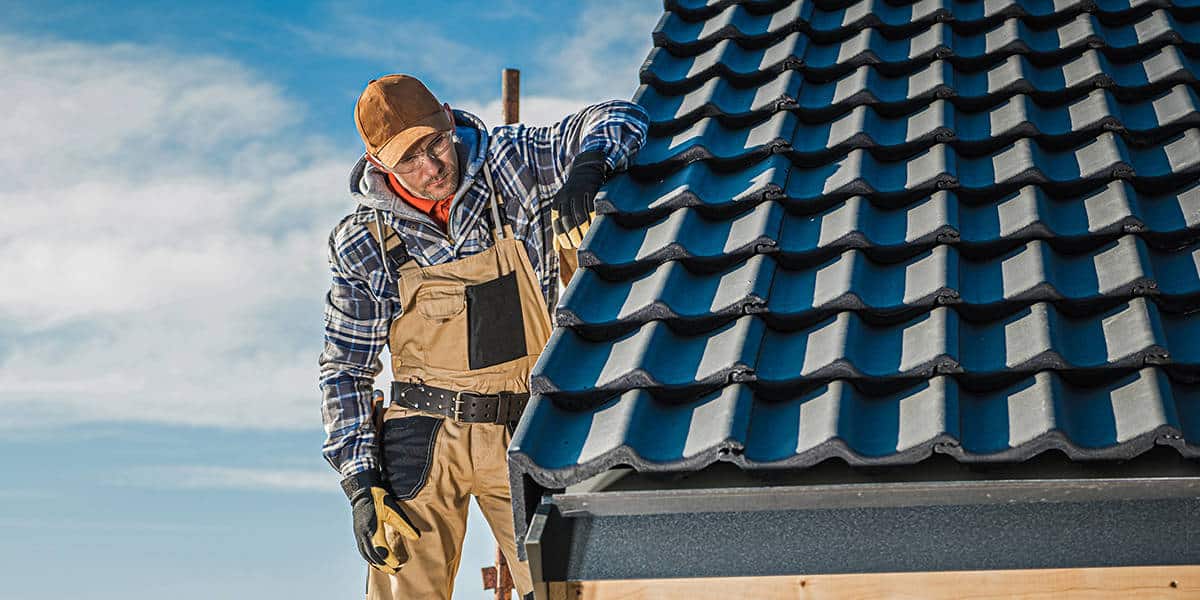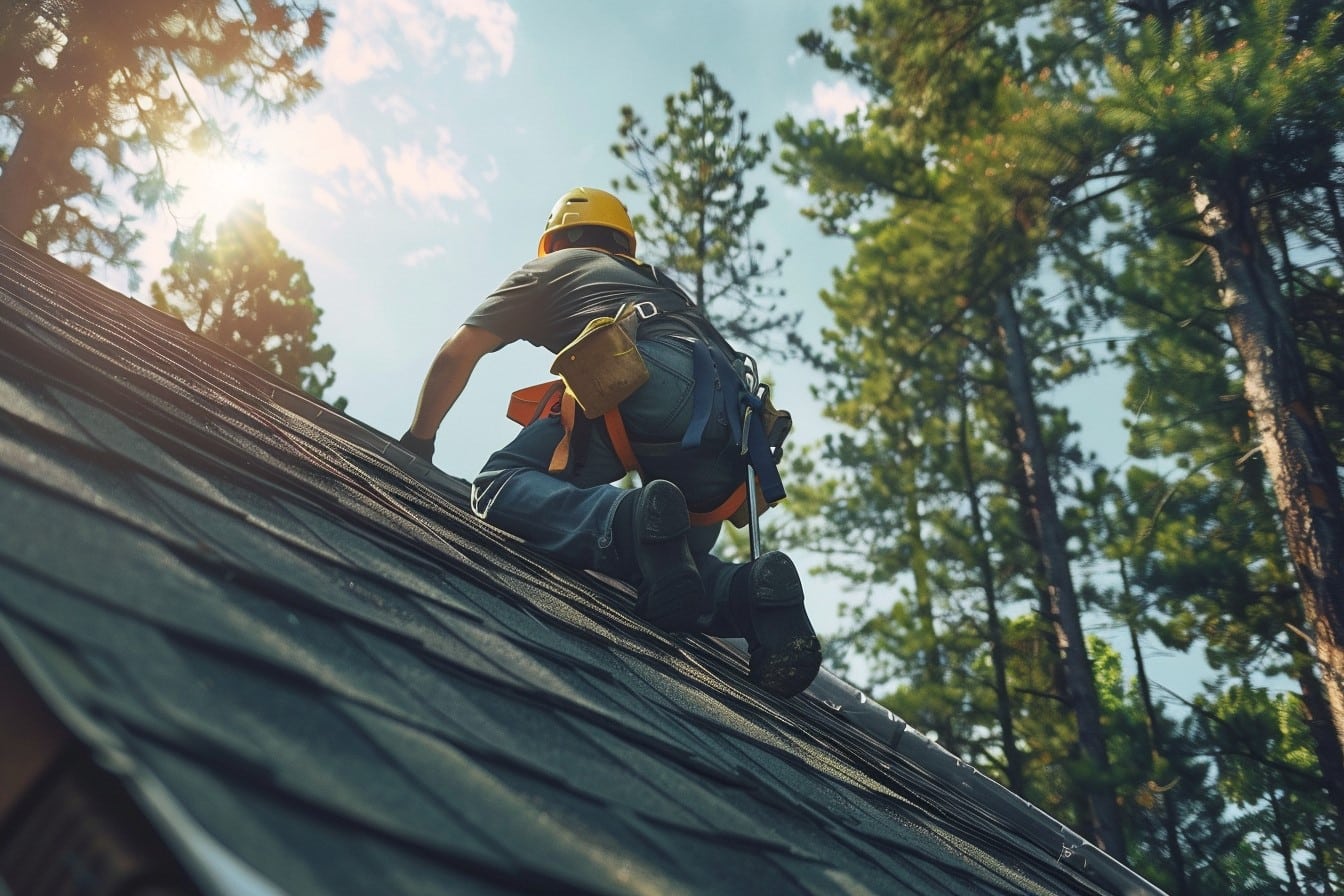Your roof is crucial for safety and dryness during storms and enhances home curb appeal. However, maintaining it, especially knowing its age, is vital. A roof nearing 20 years may affect insurance coverage and costs. Many homeowners are unaware of the age of their roofs, especially in pre-owned homes. We offer a guide to help you determine if your roof is over 20 years old, aiding in maintenance and financial decisions.
Key Takeaways
- Knowing the age of your roof is essential for maintaining its structural integrity and understanding potential insurance issues.
- Not knowing the precise age of your roof might potentially increase your coverage cost or even make it difficult to get coverage for your property.
- If you moved into a pre-owned home and are unsure of your roof’s age, consulting with a reputable local roofing contractor can be beneficial.
- Keeping track of Roof maintenance and Roof repair is crucial in prolonging the service life of your roof.
- Staying informed about the condition of your roof can help you make necessary budgeting plans for Roof replacement.

Understanding the Age of Your Roof
When it comes to the longevity and overall durability of your home, the age of your roof plays a significant role. A well-maintained roof can offer many years of service, but knowing when to consider roof repair or even replacement often comes down to understanding its age. Roof maintenance, residential roofing, commercial roofing, and quality roof installation can significantly contribute to the lifespan of a roof.
Digging into Records and Permits
Discovering your roof’s age begins with exploring personal or public records. These can reveal its history, repairs, and installation details. Public records show residential building permits, offering clues about age and installation quality. For newer homeowners, home inspection reports or previous owner insights can estimate the roof’s age and unveil any installation quality or roofing issues.

The Importance of Regular Roof Inspections
Aside from documents and permits, regular roof inspections are another reliable way to determine your roof’s condition and expected lifespan. A thorough roof inspection by qualified professionals can help identify signs of wear and tear or damages that might require a roof repair or roof replacement. Regular inspections and preventative roof maintenance can potentially extend the life of your roof and help save you significant amounts of money in the long run.
Life Expectancy of Different Roofing Materials
Finally, understanding the life expectancy of different roofing materials can provide an estimated age range. For example, asphalt shingles, a common choice for both residential roofing and commercial roofing, generally last between 15 to 30 years. Conversely, metal roofs, with proper roof maintenance, can last from 40 to 70 years. The type of material used during your roof installation plays a vital role in defining the lifespan of your roof.
Signs That Your Roof Might Need Attention
Maintaining your roof is vital for your home’s overall health. Spotting early signs of damage, such as moss, black streaks, or shingle issues, can save you from costly repairs or replacements. These signs, ranging from moisture problems to the roof nearing its life end, highlight the importance of regular professional inspections. Addressing these early can prevent severe damage, ensuring your roof’s longevity and your home’s stability. Ignoring them risks significant complications, making it crucial to act promptly for your home’s well-being.

Conclusion
Being vigilant homeowners means understanding the age and condition of our roofs to protect our property. Recognizing the lifespan of roofing materials and spotting damage signs lets us plan maintenance and replacement, saving distress and expense. Knowledge about inspection details, insurance nuances, and saving for replacements empowers us to secure our home’s well-being. Seeking professional guidance for repairs and maintenance ensures our roof’s lasting safety and appeal.
FAQ
How can I determine the age of my roof?
To accurately determine the age of your roof, you will need to review past documentation such as receipts, invoices, or even public records. You may also try reaching out to the previous homeowners or look for the building permit, which states when your roof was installed. The most reliable method, however, is to have a professional roof inspection done by a reputable local roofing contractor who offers roofing services.
Can the condition of my roof affect my insurance coverage?
Yes, insurance companies do consider your roof’s age and condition. This can especially influence your policy coverage if your roof is nearing or has exceeded two decades in service. It is, hence, crucial to stay informed about your roof’s lifespan to facilitate timely roof repairs, budget for roof replacements, and avoid potential issues with your insurance.
What are some signs that my roof might need repair or replacement?
There are visible indications that your roof may require repair or replacement. Vegetation growth such as moss, although it may seem aesthetic, can suggest an older age of your roof and the need to consider a replacement. Look for signs of black streaks, which indicate moisture retention in the shingles caused by algae. Also, check for damaged indicators like cracked, curling, or missing shingles as they reflect the end of your roof’s service life. Consider consulting a residential roofing or commercial roofing professional for further analysis and necessary repair or replacement.
How can I maintain the longevity of my roof?
Proactive steps such as understanding the specific lifespan of your roofing material and recognizing signs of wear and potential damage can enable you to address roofing issues confidently. It’s good to conduct regular roof inspections and understand the nuances of insurance coverage related to roof age and condition. Consult trusted roofing professionals to better understand, maintain, and navigate repair, maintenance, and replacement processes to ensure the lasting safety and aesthetics of your roof.


